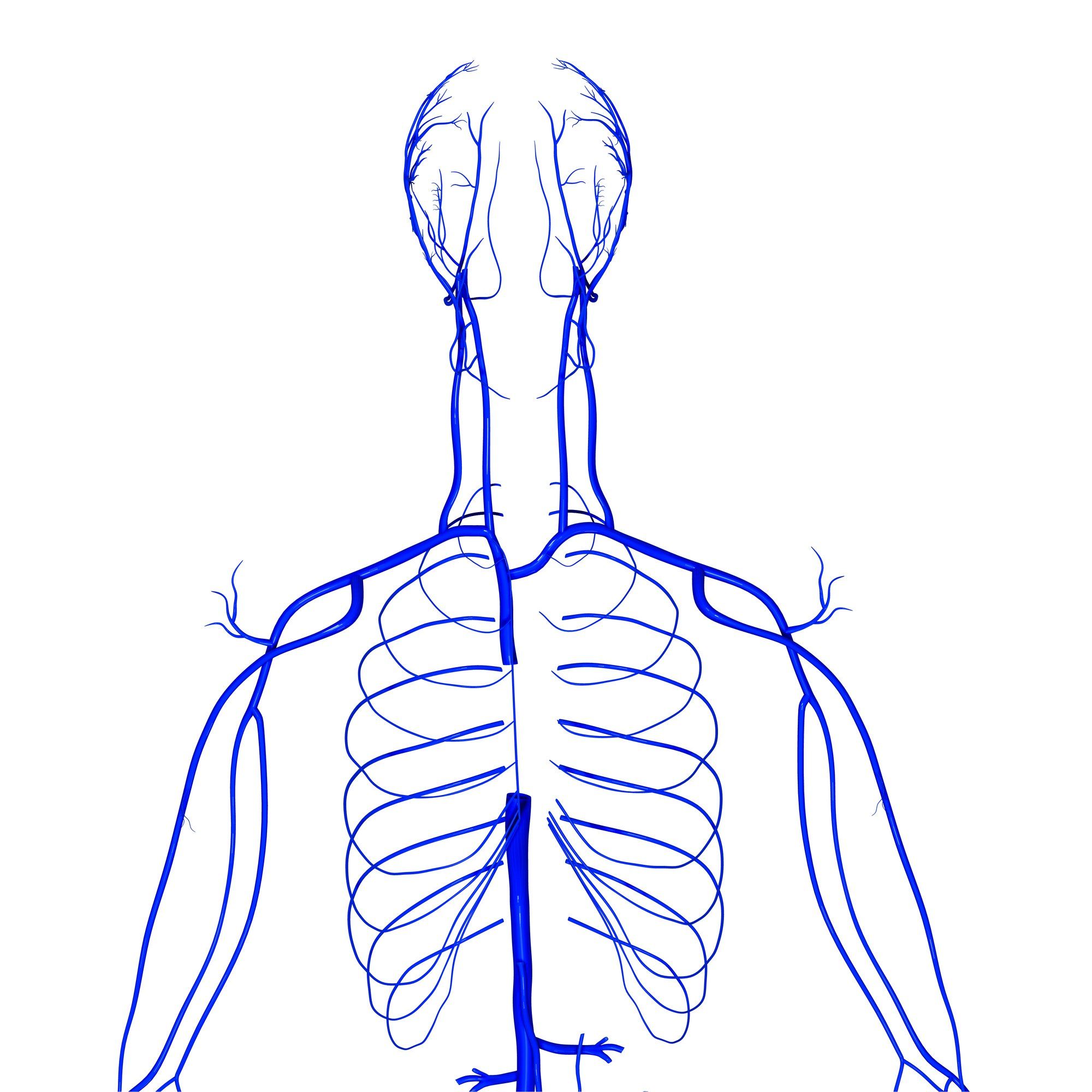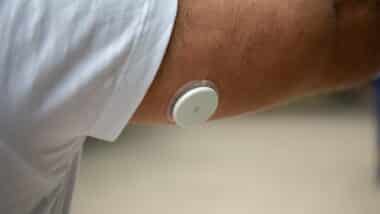
Doctors usually can remove an IVC filter if the device has been designed to be retrievable.
What Is an IVC Filter?
IVC filters are small wire devices placed in the inferior vena cava (IVC) vein in order to prevent blood clots from reaching the lungs. A collapsed IVC filter may be placed through a catheter procedure. Once the catheter reaches the target position, the IVC is expanded. Most filters have wire protrusions that attach themselves to the walls of the blood vessel.
When blood passes through the deep veins of the legs, it may be more prone to clotting. This phenomenon, called deep vein thrombosis (DVT), can result in clots forming in these veins. The clots then travel up the inferior vena cava (IVC) where they can enter the lungs, leading to blockages of the lungs’ blood vessels. This is called pulmonary embolism (PE).
Pulmonary embolism can result in shortness of breath due to the blockages of vessels which carry oxygen to the heart. In some cases, untreated pulmonary embolism can result in sudden death. IVC filters are meant to prevent this from happening.
While IVC filters do not protect against DVT, the devices may help to mitigate the dangerous side effects of the clotting condition.
IVC filters may be recommended to patients whose pulmonary embolisms are repeated or not treated well with blood thinners. The devices may also be used in patients who cannot take blood thinners due to a brain bleed, bleeding of the digestive tract, or other risk factors for life-threatening bleeding events. IVC filter side effects are not always taken into consideration.
Can You Remove an IVC Filter?
IVC filters can be removed if they were designed to be retrievable. Usually, this includes a hook on the end of the filter than can be snared and the device then pulled out of the body.
However, if the implanted IVC filter is permanent, it cannot be removed from the body – at least, not without difficult procedures. Moreover, removal can be made difficult by complications, such as device fracturing.
According to Endovascular Today, the introduction of removable IVC filters is the cause of the current popularity of IVC filters. Before removable filters were introduced into the market, IVC filters were mostly used in severe cases and were not used very frequently. However, that changed when removable filters came onto the market, at which point filters began to be used more frequently, often in less severe cases.
However, removable IVC filters do come with their own set of issues. If a filter is designed to be removed, it is often important to remove the device promptly, says Endovascular Today. If filters are left in the body too long, the filter can become incorporated into the vascular wall. If this occurs, removal can be difficult, because it must be carefully extracted from the vascular wall without it breaking.
 If an IVC filter does break during removal, it could puncture the vascular wall and travel through the patient’s bloodstream and lodge elsewhere in the body. Reportedly, the removal of a longstanding temporary IVC filter fails up to 43 percent of the time. According to Endovascular Today, this risk has been documented in multiple scientific studies.
If an IVC filter does break during removal, it could puncture the vascular wall and travel through the patient’s bloodstream and lodge elsewhere in the body. Reportedly, the removal of a longstanding temporary IVC filter fails up to 43 percent of the time. According to Endovascular Today, this risk has been documented in multiple scientific studies.
This risk of removing a long-standing filter that was supposed to be temporary has given physicians pause. Now, many experts believe that it is best to not remove an IVC filter from a patient’s body if it has been present for a long time, in cases in which the filter does not pose a risk to a patient.
How Do You Remove an IVC Filter?
The standard removal method involves removing the filter through the jugular vein, a large blood vessel in the neck that connects to the vena cava. During an outpatient procedure involving moderate sedation and local numbing, a “snare” is inserted into the jugular vein and is attached to the filter using X-ray guidance. The snare hooks onto the small loop at the end of the removable IVC filter and pulls it out of the blood vessel.
If the standard removal procedure doesn’t work, Penn Medicine has developed a “jaws of life” technique that uses long forceps instead of a snare. With this method, the forceps are used to latch onto the filter and gently remove it from the blood vessel. According to Penn, this method offers a nearly 100 percent success rate.
Doctors continue to work hard at developing methods to remove permanent IVC filters. At Johns Hopkins, some radiologists have started to perform a laser sheath tissue ablation to remove IVC filters. This process removes the adhesions that hold the IVC filter in the vena cava. However, this Stanford-developed technique is not widely used so most patients will not be able to use this to have their permanent device removed.
If you were implanted with an IVC filter, you may be entitled to compensation–even if you did not suffer complications. Patients who did suffer complications may be able to seek significantly more compensation.
In general, IVC filter lawsuits are filed individually by each plaintiff and are not class actions.
Do YOU have a legal claim? Fill out the form on this page now for a free, immediate, and confidential case evaluation. The attorneys who work with Top Class Actions will contact you if you qualify to let you know if an individual lawsuit or class action lawsuit is best for you. Hurry — statutes of limitations may apply.
ATTORNEY ADVERTISING
Top Class Actions is a Proud Member of the American Bar Association
LEGAL INFORMATION IS NOT LEGAL ADVICE
Top Class Actions Legal Statement
©2008 – 2025 Top Class Actions® LLC
Various Trademarks held by their respective owners
This website is not intended for viewing or usage by European Union citizens.
Get Help Now
See if You Qualify to Join an IVC Filter Class Action Lawsuit Investigation
If you qualify, an attorney will contact you to discuss the details of your potential claim.
PLEASE NOTE: If you want to participate in this investigation, it is imperative that you reply to the law firm if they call or email you. Failing to do so may result in you not getting signed up as a client or getting you dropped as a client.
E-mail any problems with this form to:
[email protected].
Oops! We could not locate your form.












